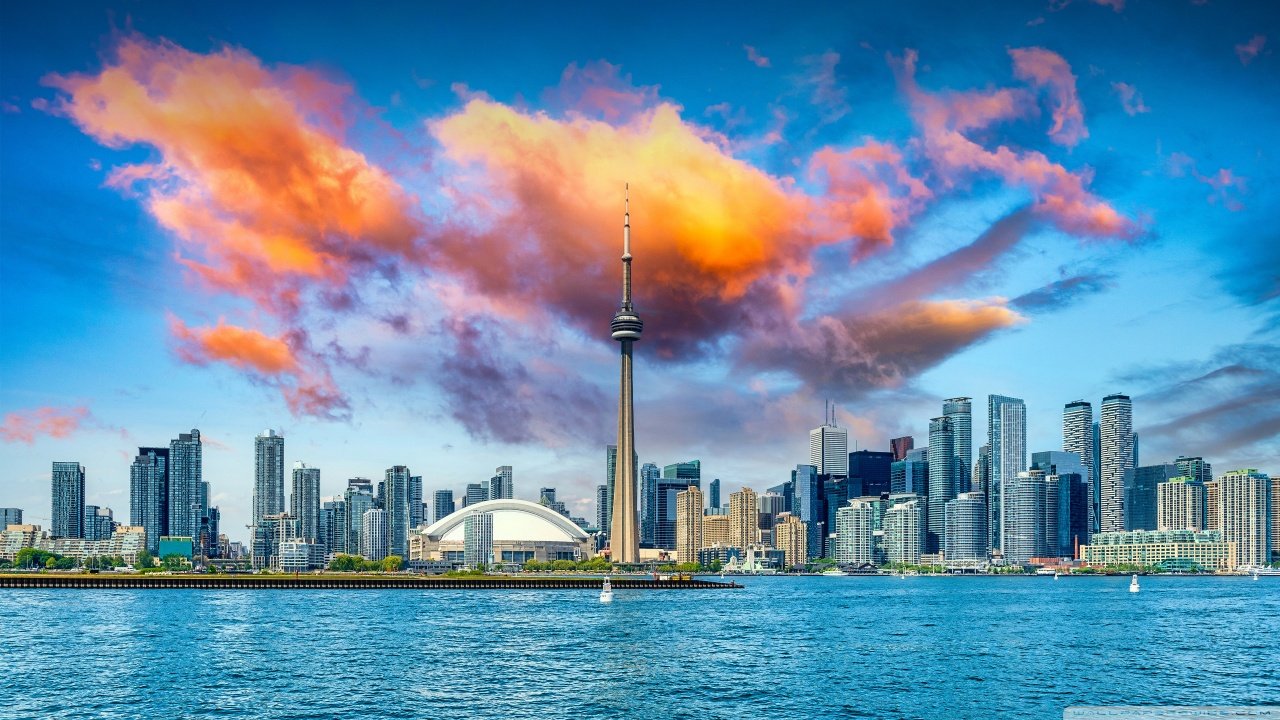Canada, with its breathtaking landscapes, vibrant cities, and rich cultural heritage, has long been a top destination for travelers worldwide. From the rugged peaks of the Rocky Mountains to the charming cobblestone streets of Quebec City, the country offers an unparalleled variety of experiences. For travel companies operating in this dynamic market, staying competitive requires more than just showcasing Canada’s beauty—it demands innovative tools and strategies to meet the evolving needs of modern travelers. In this article, we’ll dive into how booking systems, customizable widgets, and well-crafted tour packages are revolutionizing the way travel companies in Canada operate, enhancing customer experiences, and driving business growth.
The Rise of Canada’s Travel Industry
Canada’s tourism sector has seen remarkable growth in recent years. According to Statistics Canada, the country welcomed over 22 million international visitors in 2019, a number that has been steadily rebounding post-pandemic. By 2024, international tourist arrivals reached 98% of pre-pandemic levels, signaling a strong resurgence in travel demand. This resurgence is fueled by Canada’s diverse offerings—whether it’s skiing in Whistler, whale watching in British Columbia, or exploring the multicultural tapestry of Toronto.
For travel companies, this boom presents both opportunities and challenges. Travelers today expect seamless, personalized experiences, and they’re increasingly turning to digital platforms to plan and book their trips. A 2023 survey by Tripadvisor found that 95% of travelers planned to travel as much or more than the previous year, with 80% booking 1-2 trips lasting an average of five nights. This shift underscores the need for travel companies to adopt advanced tools like booking systems and customizable widgets to streamline operations and cater to these demands.
The Role of Booking Systems in Canada’s Travel Market
At the heart of modern travel planning lies the booking system—a digital backbone that simplifies the process of reserving flights, accommodations, tours, and more. For Canadian travel companies, integrating a robust booking system is no longer optional; it’s a necessity to remain competitive.
A booking system allows travelers to browse options, check availability, and secure their plans in real time. For example, a family planning a trip to Banff National Park can use a travel company’s website to book a guided hiking tour, reserve a hotel, and even arrange transportation—all in one seamless transaction. This convenience is a game-changer, as 48% of travelers in 2023 used mobile devices to research destinations and 40% booked flights and hotels directly from their phones, according to Statista.
For travel companies, the benefits extend beyond customer satisfaction. A well-designed booking system automates administrative tasks, reducing the need for manual intervention. This efficiency is critical for small to medium-sized businesses, which dominate Canada’s travel sector. Take, for instance, a tour operator in Nova Scotia offering whale-watching excursions. With a booking system, they can manage reservations, track availability, and process payments without juggling spreadsheets or phone calls. This not only saves time but also minimizes errors, ensuring a smoother operation.
Moreover, booking systems provide valuable data insights. By analyzing booking trends, travel companies can identify popular destinations, peak travel seasons, and customer preferences. For example, if data shows a surge in bookings for Niagara Falls tours during the summer, a company can adjust its marketing strategy or expand its offerings to capitalize on this demand. In a country as vast as Canada, where travel preferences vary from coast to coast, such insights are invaluable.
Customizable Widgets: Enhancing User Experience
While booking systems provide the infrastructure, customizable widgets add the flair. These small, embeddable tools can be integrated into a travel company’s website to enhance functionality and engage visitors. In the context of Canada’s travel industry, customizable widgets are proving to be a powerful way to stand out in a crowded market.
Imagine a travel company specializing in Northern Lights tours in the Yukon. By embedding a weather widget on their site, they can display real-time aurora forecasts, helping potential customers decide the best time to book. Similarly, a currency converter widget can assist international travelers planning a trip to Vancouver, allowing them to see costs in their home currency. These widgets don’t just add convenience—they create an interactive, user-friendly experience that keeps visitors on the site longer.
Customizability is key here. Travel companies can tailor widgets to reflect their brand identity, whether it’s adjusting colors to match their logo or adding specific features like a “Book Now” button. For instance, a Toronto-based agency offering cultural tours could use a map widget to highlight key attractions like the CN Tower or the Royal Ontario Museum, complete with clickable links to tour details. This level of personalization builds trust and makes the booking process feel intuitive.
Widgets also play a role in upselling. A company offering ski packages in Whistler could integrate a “Recommended Add-Ons” widget, suggesting equipment rentals or spa days after a booking is made. This not only boosts revenue but also enhances the customer’s trip, turning a simple ski day into a full-fledged winter getaway. In a market where 79% of travelers are willing to pay up to 10% more for personalized, sustainable options (Euromonitor, 2023), these small touches can make a big difference.
Crafting Irresistible Tour Packages
While technology like booking systems and widgets streamlines the process, the heart of any travel company lies in its offerings—specifically, its tour packages. In Canada, where the landscape and culture are as diverse as the people, creating compelling tour packages is both an art and a science.
A well-designed tour package bundles multiple elements—accommodation, transportation, activities—into a single, cohesive experience. For example, a “Maritime Adventure” package could include a stay in a historic Halifax inn, a lobster fishing excursion, and a guided tour of Peggy’s Cove. By curating these elements, travel companies simplify decision-making for customers while showcasing Canada’s unique attractions.
Flexibility is crucial in package design. Modern travelers value customization, and companies that offer adjustable itineraries stand out. A package for Banff might include a core offering (e.g., a gondola ride up Sulphur Mountain) with optional add-ons like a hot springs visit or a wildlife safari. This approach caters to different budgets and interests, appealing to both luxury seekers and budget-conscious adventurers.
Sustainability is another growing factor in tour package design. With 70% of travelers in 2024 preferring eco-friendly options (Simon-Kucher), Canadian companies are incorporating green practices into their offerings. A cycling tour through British Columbia’s Okanagan Valley, for instance, could emphasize low-carbon travel and stays at eco-certified lodges. Highlighting these elements in marketing materials—perhaps through a customizable widget showing the trip’s carbon footprint—can attract environmentally conscious travelers.
Seasonality also plays a role. Canada’s distinct seasons offer opportunities for year-round packages. A winter package might focus on ice skating on Ottawa’s Rideau Canal, while a summer package could feature kayaking in Algonquin Provincial Park. By aligning offerings with seasonal highlights, travel companies can maintain steady demand throughout the year.
How Travel Companies in Canada Are Leveraging These Tools
To see these concepts in action, let’s look at how Canadian travel companies are using booking systems, widgets, and tour packages to thrive.
Example 1: West Coast Wonders
A Vancouver-based operator specializing in Pacific Coast tours has integrated a booking system with a real-time availability widget. Customers can see which dates are open for their popular “Whale Watching & Wine Tasting” package, which combines a boat tour with a visit to Vancouver Island wineries. The system also sends automated confirmation emails and offers a weather widget to reassure travelers about conditions. Since implementing these tools, the company reports a 30% increase in online bookings.
Example 2: Northern Escapes
Operating out of Yellowknife, this company focuses on Aurora Borealis experiences. Their website features a customizable booking widget that lets customers choose their preferred viewing spot and add extras like heated igloo stays. Their “Aurora Adventure” package, bundled with flights from major Canadian cities, has become a hit among international visitors, driving a 25% revenue boost in 2024.
Example 3: Maritime Journeys
A Halifax-based firm offers a “Taste of the Maritimes” package, complete with lobster dinners and coastal hikes. Their booking system integrates with a map widget, showing tour stops in real time. By offering flexible cancellation policies—a feature enabled by their system—they’ve built trust with customers, leading to a 15% rise in repeat bookings.
Challenges and Opportunities Ahead
While these tools offer immense potential, they’re not without challenges. Implementing a booking system requires an upfront investment, which can be daunting for smaller operators. Customizable widgets, while versatile, need regular updates to remain relevant—think of a weather widget that fails to reflect a sudden snowstorm in Alberta. And crafting tour packages demands market research to ensure they resonate with target audiences.
Yet the opportunities outweigh the hurdles. As Canada’s tourism industry continues to grow—projected to generate 75% of its revenue through online sales by 2029 (Statista)—companies that embrace these innovations will lead the pack. The integration of AI, already influencing 22% of global travelers (Simple Flying, 2023), could further enhance booking systems with predictive analytics, while widgets could evolve to offer virtual reality previews of destinations.
Conclusion: A New Era for Canadian Travel Companies
Canada’s travel industry is at a crossroads, where natural beauty meets digital innovation. Booking systems, customizable widgets, and thoughtfully designed tour packages are more than just tools—they’re the foundation of a new era for travel companies. By streamlining operations, enhancing user experiences, and showcasing Canada’s diverse offerings, these technologies empower businesses to meet the demands of today’s travelers while preparing for tomorrow’s opportunities.
Whether it’s a solo adventurer booking a last-minute trip to Jasper or a family planning a cross-country journey, the future of travel in Canada is bright—and it’s being shaped by the companies bold enough to embrace change. As the industry evolves, one thing is clear: those who invest in these tools today will be the ones leading travelers to Canada’s wonders tomorrow.










